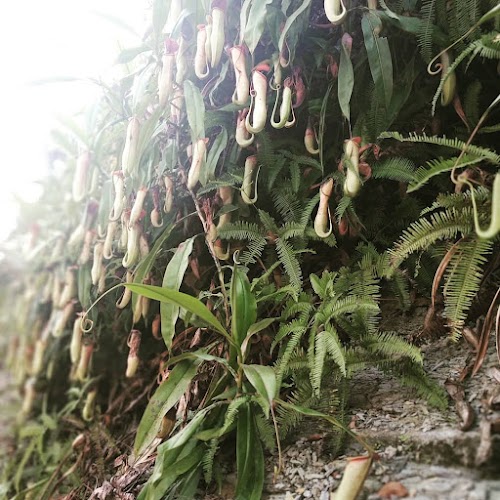
Baghmara Pitcher Plant Sanctuary
Baghmara, India
- Bird watching to spot unique species.
- Explore the local flora and fauna.
- Jungle trekking through the dense forest.
- Nature photography of landscapes and wildlife.
- Visit nearby villages to experience local culture.
- Wildlife spotting (elephants, deer etc.).
Known for:
Description:
Baghmara Reserve Forest, located in the South Garo Hills district of Meghalaya, India, is a haven for nature enthusiasts and wildlife lovers. This lush, green sanctuary is home to a diverse range of flora and fauna, offering visitors a chance to immerse themselves in the tranquility of the natural world. The forest is characterized by its dense vegetation, including towering trees, vibrant orchids, and a variety of medicinal plants. It's a relatively unexplored gem, providing a unique and off-the-beaten-path experience for those seeking to escape the crowds. Birdwatchers will be delighted by the numerous avian species that call this forest home, while those interested in wildlife may spot elephants, deer, and various other animals. The forest's serene atmosphere and natural beauty make it an ideal destination for those seeking peace and rejuvenation.
History:
The history of Baghmara Reserve Forest is intertwined with the local Garo community and their traditional way of life. The forest has been protected and managed by the local communities for generations, recognizing its importance for their livelihoods and cultural heritage. The reserve forest was officially recognized and demarcated to protect its biodiversity and ensure sustainable use of its resources. Over the years, the forest has faced challenges from deforestation and poaching, but ongoing conservation efforts, involving both government agencies and local communities, are working to preserve its natural integrity. The forest remains a vital part of the region's ecological balance and a testament to the importance of community-based conservation initiatives.